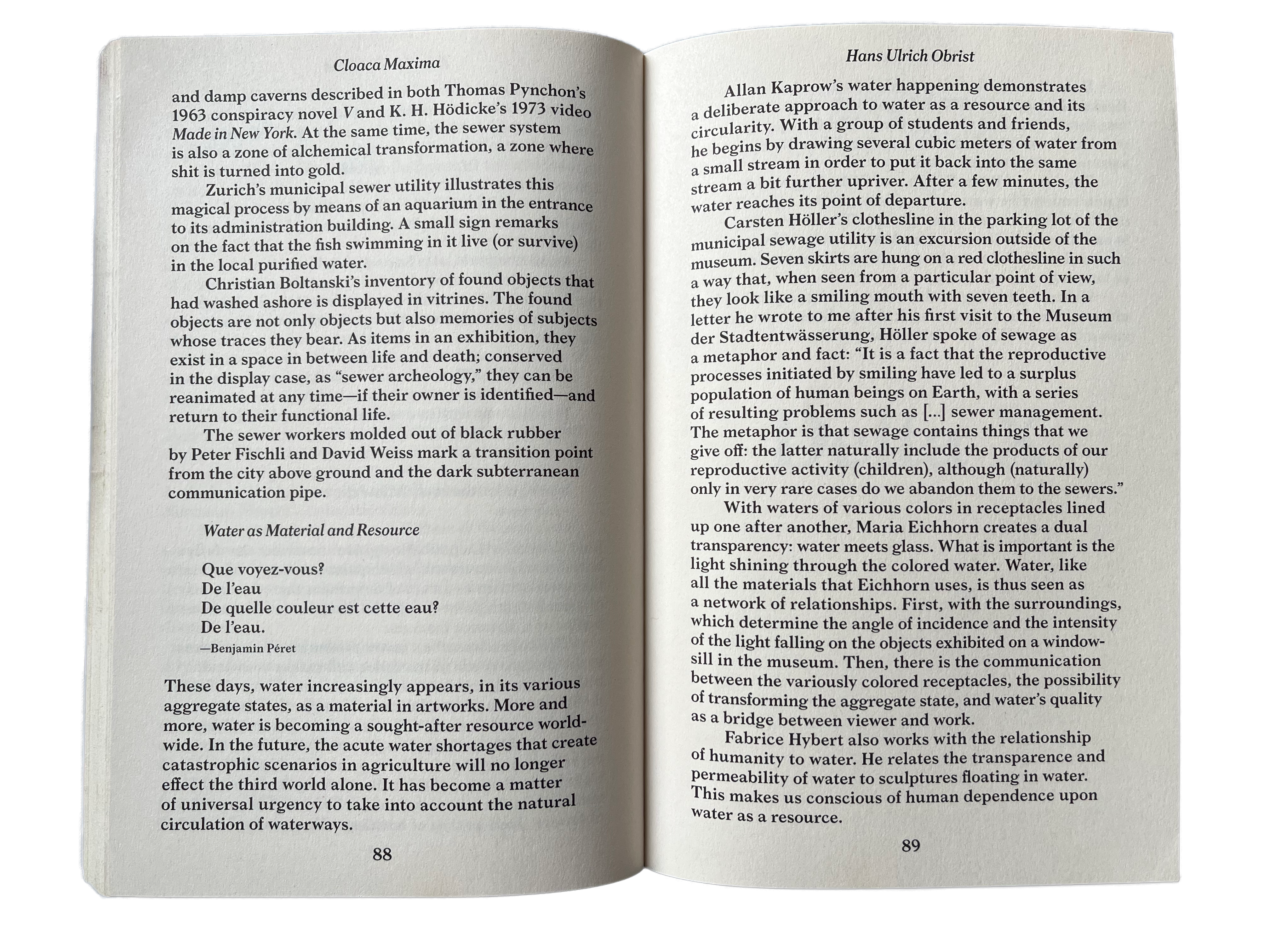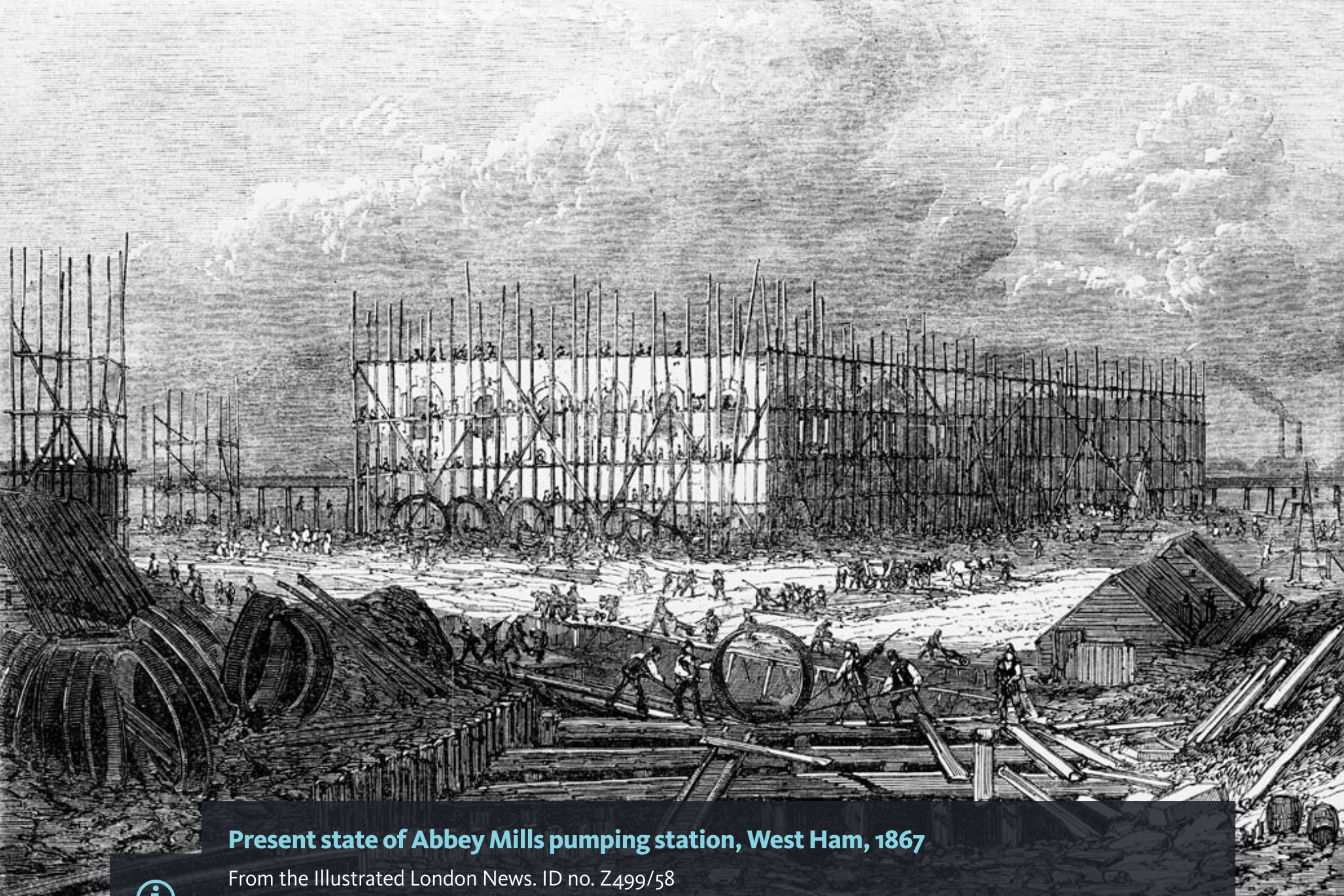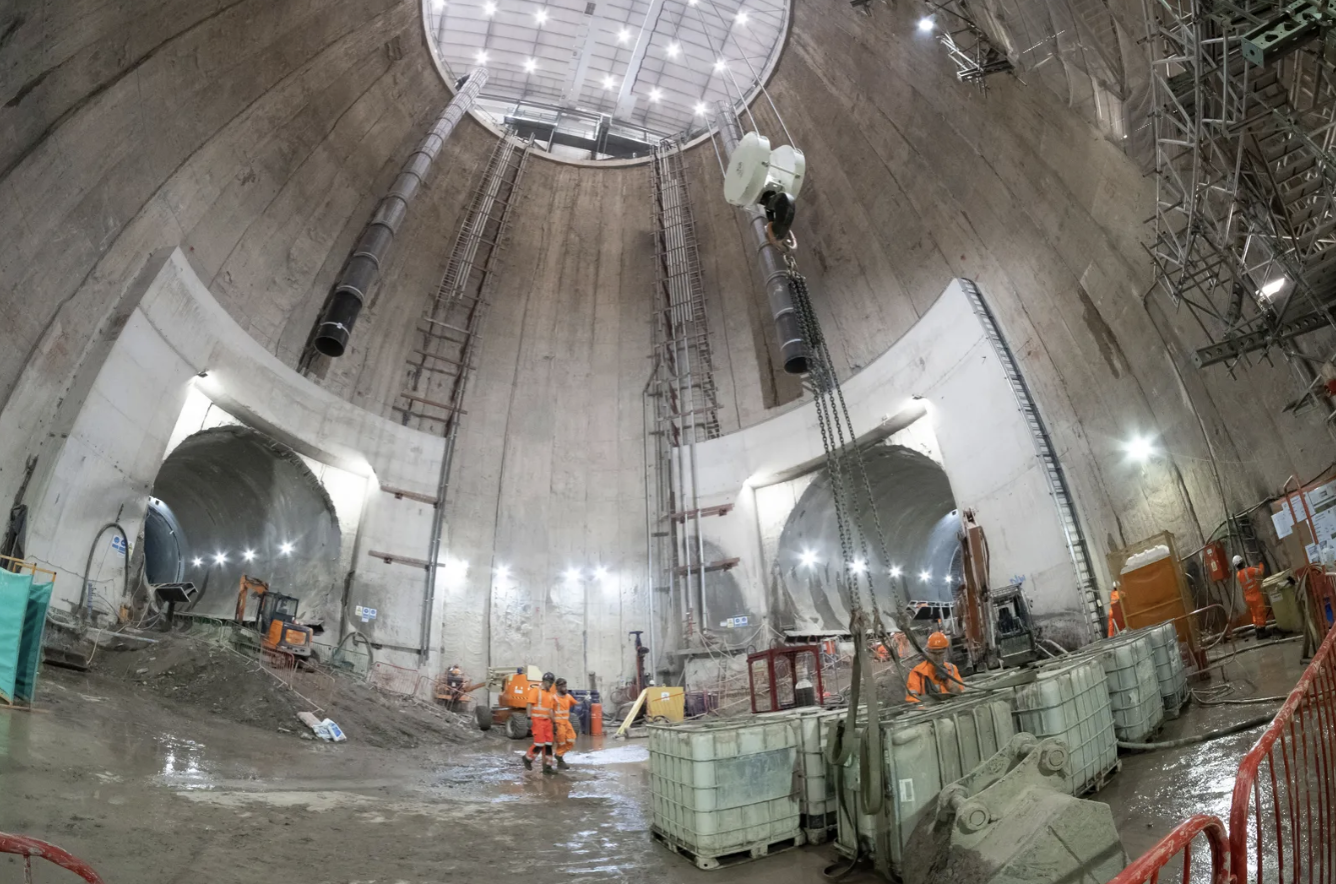The Sewage Edition
Maria DragoiTime of Publication: 8/3/23 ; 14:14
Today I want to share this chapter of Hans Ulrich Obrist’s Sharp Tongues, Loose Lips, Open Eyes, Ears to the Ground.
It’s about sewage.
First, some information about the ‘Cloaca Maxima’ - it’s Rome’s ancient sewer system, and thought to be one of the earliest in the world. It’s name means ‘The Greatest Drain’, and it had a goddess, ‘Cloacina’, who presided over it. There was even a cult devoted to her - more info on the screenshot below from this wikipedia page.

It’s difficult to imagine a sewer cult today with such cultural prestige they might be stamped on a coin.

I think it’s interesting to think about the modern disavowal of excrement, of the filthy body. Much has been written on the clinicism of the Western toilet - notably ‘In Praise of Shadows’ - it does us well to ponder where our shit ends up, and how it mingles with the shit of others.
“The collective urban sewer system stands in contrast to the private place of the toilet…the pull flush marks the transition from the public to the private space.” (p.87)





Images above are taken from my copy of Hans Ulrich Obrist’s ‘Sharp Tongues, Loose Lips, Open Eyes, Ears to the Ground’ published by Sternberg Press in 2014, and shared for educational purposes :)
London has an interesting sewer history too, which I won’t get into there, but essentially they were masterminded by Joseph Bazalgette, who created an underground sewer system likely inspired by the ancient ‘Cloaca Maxima’. This wasn’t done until 1858, when the Thames began to smell so bad that the summer was called ‘The Great Stink’. The biggest steam engines in the world were used to create pumping stations in order to bring the effluent out of London and to the mouth of the Thames.

This is a modern map of London’s Sewers from Mapping London - They call it “the other underground map”, which I like a lot:

The government also has a webpage about improving sustainable drainage and ways you can help, like replacing the concrete in your garden with gravel, or plants (which is easier said then done for renters :/)
https://www.london.gov.uk/programmes-and-strategies/environment-and-climate-change/climate-change/surface-water/sustainable-drainage-london
It’s important to think about, especially with sewage dumping restrictions being loosened post Brexit.
As it stands, they are currently building an even bigger sewer 😳️

This ‘Wired’ article explains a bit more (image above taken from there too).